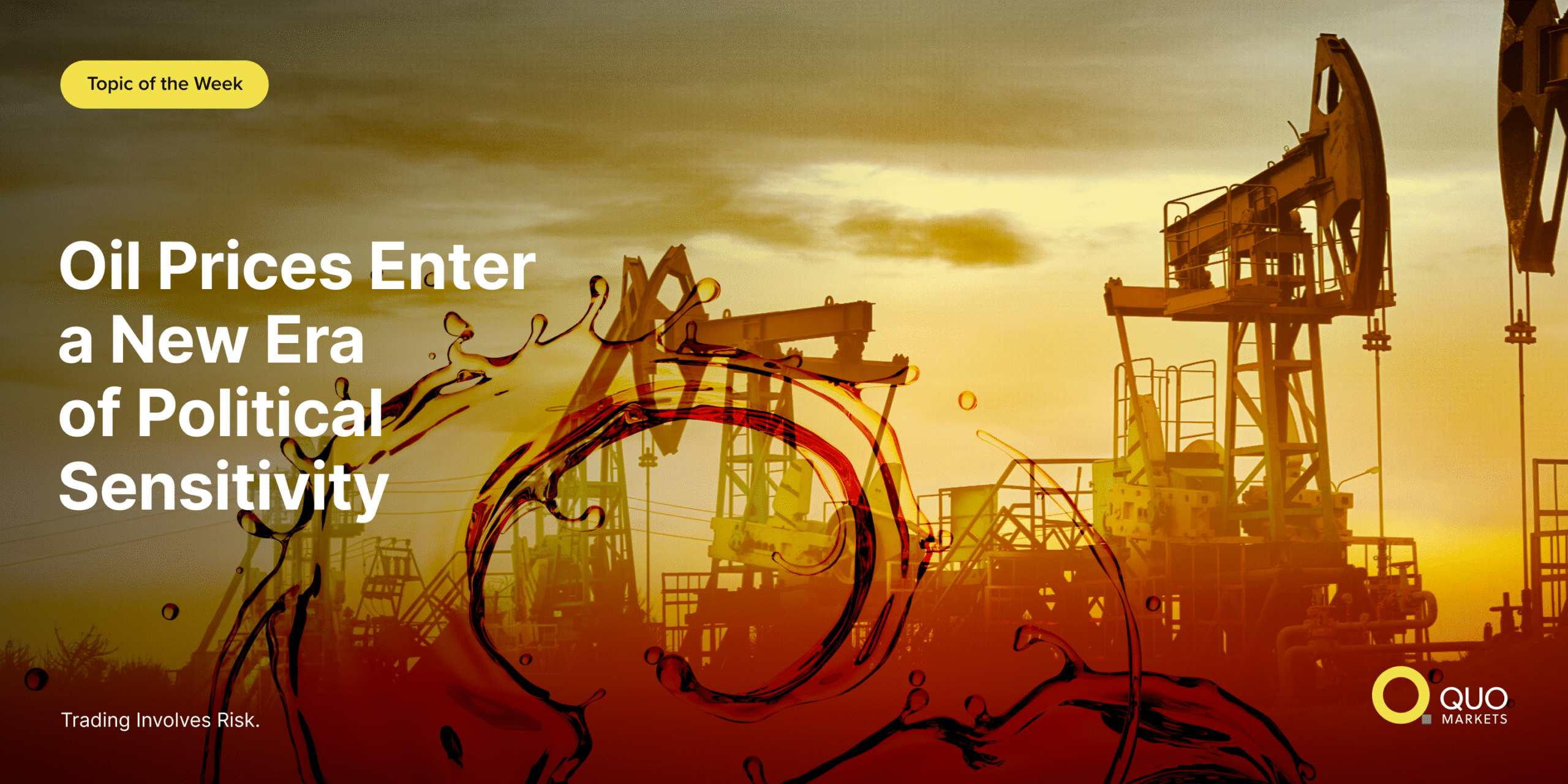Global energy markets have always been sensitive to geopolitical events and few have had as persistent an impact as the ongoing tensions involving Russia. As the conflict in Eastern Europe continues to unfold and global alliances adjust their responses, the oil market remains in a state of heightened alert. Even if short-term calm returns, the structural uncertainty in global supply, demand, and production continues to influence price dynamics. With Q2 and Q3 on the horizon, this blog explores the broader context of what’s happening, how it’s shaping sentiment, and what observers are watching closely.
The Geopolitical Background
The Russia-Ukraine conflict, now an extended and complex crisis, continues to carry implications beyond the battlefield. With sanctions, supply chain disruptions, and diplomatic pressure in play, oil has remained one of the most volatile and watched commodities globally.
Russia, one of the world’s largest oil producers, plays a key role in supplying energy to both Europe and other parts of the world. Any move be it military, political, or economic has the potential to affect global oil flows and investor confidence. Meanwhile, countries dependent on Russian exports have had to navigate uncertain access to supplies, leading to realignment in trade routes and heightened demand for alternatives.
OPEC+ and Global Supply Dynamics
While Russia operates under sanctions, it remains an integral member of OPEC+. The alliance has the ability to influence oil prices through collective output decisions. In recent months, OPEC+ has shown a consistent commitment to stability, but the path ahead isn’t guaranteed. Many eyes are on future meetings where discussions around quotas, production cuts, and global demand forecasts will take center stage. The balance OPEC+ must strike between supporting prices and avoiding demand destruction will likely define oil market sentiment in Q2 and Q3.
Key Factors Influencing Oil Prices in Q2 & Q3
Here are the main variables that will likely influence energy prices over the next two quarters:
1. Russian Policy Changes or Escalations
Any sudden shifts in Russia’s strategy, whether military or in response to sanctions can cause immediate price spikes or drops, depending on how markets interpret the impact on supply.
2. New Sanctions or Trade Agreements
Whether new sanctions target Russia’s energy exports or global markets find alternative ways to distribute supply, policy changes can quickly alter the demand/supply balance.
3. OPEC+ Output Decisions
Upcoming OPEC+ meetings are expected to be closely followed. Production adjustments—especially if made suddenly or in reaction to global demand data—can steer oil prices in either direction.
4. Global Economic Growth Outlook
Demand for energy is directly tied to economic activity. If global growth slows due to inflation, debt concerns, or monetary tightening, oil prices could soften. Conversely, any signs of a strong recovery in China, the U.S., or Europe may buoy prices.
Volatility Remains a Theme Key
While there’s no clear prediction on whether oil will surge or settle, one thing is almost certain: volatility will persist. As political and economic conditions remain unpredictable, traders and analysts alike will need to remain agile and informed. This uncertainty also underscores why oil continues to serve as a bellwether of broader market sentiment especially in times of global tension. Furthermore, energy prices are always a reflection of more than just barrels and supply—they mirror the world’s geopolitical heartbeat. With developments involving Russia, OPEC+, and global economic shifts still in play, Q2 and Q3 could bring more price action than clarity.
Stay updated as we track market-moving events and their effects on the energy sector and beyond.




